Wine Spotlight: A South African Symphony – Pinotage Elegance
A South African Symphony – Pinotage Elegance

Appearance:
South African Pinotage graces the glass with a captivating deep ruby red hue, hinting at the rich character within. Its clarity and vibrancy suggest a wine that is both youthful and inviting.
Aroma:
Upon the first swirl, the nose is greeted by a delightful medley of red and dark fruit aromas. Juicy plum and ripe cherry take center stage, accompanied by a subtle hint of raspberry. Layers of spiciness unfold, with a touch of smokiness and a hint of chocolate. The aromatic profile is both inviting and complex, setting the stage for an intriguing tasting experience. (yeast suggestion: RC-212, D254, D80, and BM4X4)
Palate:
The palate echoes the promises made by the aroma, delivering a well-orchestrated performance of fruit and spice. Ripe blackberry and red cherry flavors dance on the taste buds, complemented by a nuanced layer of plum. The wine exhibits a smooth, medium-bodied texture, with soft tannins providing a gentle structure. A touch of oak (French oak, medium toast) adds depth without overshadowing the varietal’s inherent characteristics.
Flavor Profile:
South African Pinotage exemplifies the distinctive qualities of the grape and the terroir of their wine country. The fruit-forward nature is complemented by a subtle earthiness and a trace of cedar. There’s a delightful balance between the vibrant fruit expression and the savory elements, creating a harmonious and thoroughly enjoyable flavor profile.
Pairing Suggestions:
South African Pinotage is a versatile companion at the table. Pair it with grilled lamb chops, mushroom risotto, or even a smoky barbecue for a delightful experience. Its approachable nature makes it equally enjoyable on its own, making it a fantastic choice for casual gatherings or more formal occasions.
Overall:
South African Pinotage is a testament to the grape’s adaptability and the winemaker’s skill. It strikes a perfect balance between fruit-forward exuberance and the complexities that make Pinotage unique. The wine is expressive, inviting, and showcases the essence of South African winemaking.
Interested in making South African Pinotage? Give us a call at 877-812-1137 to speak to a winemaking representative about your order. Cheers!
Wine Spotlight: Bold Elegance – South African Shiraz Unveiled
Interested in making South African Shiraz? Give us a call at 877-812-1137 to speak to a winemaking representative about your order.
Appearance:
In the glass, South African Shiraz commands attention with its deep, inky purple color. The richness of its hue hints at the robust character that awaits.
Aroma:
Upon the first swirl, the nose is greeted by an enticing bouquet of dark fruits and subtle spices. Blackberry and ripe plum take center stage, accompanied by a hint of black pepper and a touch of smoky oak (either French or American oak, medium toast). The aromatic profile is bold and inviting, setting the stage for the complex layers to unfold. (yeast suggestions: BDX, D80, D254)
Palate:
As the wine graces the palate, it delivers a symphony of flavors that reflect the warmth and intensity of the South African sun. Black cherry and blueberry dance alongside notes of dark chocolate and a subtle hint of vanilla from careful oak aging (either French or American oak, medium toast). The wine’s full-bodied nature is complemented by velvety tannins that add a luxurious texture, creating a well-balanced and deeply satisfying experience.
Flavor Profile:
South African Shiraz is a showcase of the varietal’s bold and expressive character. The dark fruit flavors are complemented by a savory undercurrent, with a touch of black pepper adding a hint of spice. The integration of oak is seamless, contributing to the wine’s complexity without overpowering its vibrant fruit profile.
Pairing Suggestions:
A robust Shiraz is a natural companion to hearty dishes. Pair it with a juicy grilled steak, lamb stew, or a rich, meaty pasta for a perfect match. Its bold flavors and well-structured tannins also make it an excellent candidate for aging, allowing the wine to evolve and develop further complexity over time.
Overall:
South African Shiraz is a testament to the region’s ability to produce wines of depth and character. It balances power with finesse, showcasing the winemaker’s artistry in capturing the essence of the grape and the terroir. It’s a wine that invites contemplation and celebration.
Interested in making South African Shiraz? Give us a call at 877-812-1137 to speak to a winemaking representative about your order. Cheers!
Spring is Almost Here! Chilean Grapes & Juices + South African Juices Available For Purchase
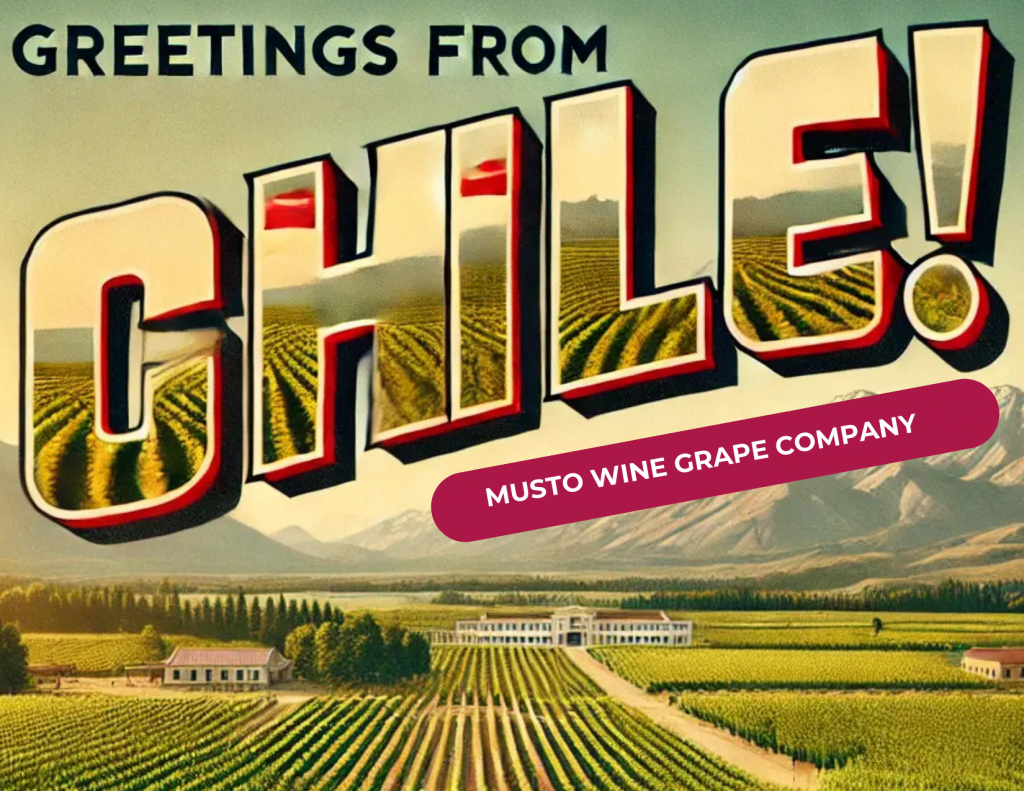
Hey Winemakers,
Spring harvest is officially in motion, and we’ve got premium Chilean grapes, Chilean juices, and South African juices ready for order! If you’re looking to craft something special this season, now’s the time to secure what you need before we sell out.
This Spring’s Offerings:
Chilean Grapes & Juices – Fresh, high-quality fruit and juices for bold, structured wines
South African Juices – Unique flavors and exceptional quality, perfect for trying something different
Seamless Pickup & Delivery – Our logistical network ensures you get the freshest product, hassle-free
Orders are first-come, first-served, and things are moving fast! Let us know what you need, and we’ll take care of the rest.
Looking forward to another great season—let’s make some wine!
- From Chile:
- Grapes Varieties: Carmenere, Cabernet Sauvignon, Cabernet Franc, Malbec, Merlot, Pinot Noir, Syrah, and Sauvignon Blanc
- Juice Varieties: Carmenere, Cabernet Sauvignon, Cabernet Franc, Cabernet/Merlot Blend, Malbec, Merlot, Petite Verdot, Pinot Noir, Syrah, Chardonnay, Pinot Grigio, Sauvignon Blanc, and Viognier.
- Fresco Juice Varieties: Cabernet Sauvignon, Carmenere, Malbec, Merlot, Chardonnay, Chardonnay-Semillon, Sauvignon Blanc, Viognier
- From South Africa:
- Juice Varieties: Shiraz, Merlot, Pinotage, Cabernet Sauvignon, Semillon, Chardonnay, Pinot Grigio, Chenin Blanc, Sauvignon Blanc
- Fresco Juice Varieties: Cabernet Sauvignon, Pinotage, Shiraz, Sauvignon Blanc
Winemaking Resources to Support Your Craft
At Musto Wine Grape Co., we know that great wine starts with the right tools and knowledge. That’s why we offer everything you need to make the most of your spring winemaking season:
- Educational Videos: Learn step-by-step techniques with our in-depth winemaking courses at WinemakingInstructions.com.
- Equipment and Supplies: From fermenters to presses, we have everything you need to get started or upgrade your setup.
- Consulting Services: Our experienced winemakers are available year-round to answer questions and guide you through the process.
Contact Us to Get Started!
Sincerely,
The Musto Crush Crew
📞 Phone: 860-278-7703
📧 Email: sales@juicegrape.com
🌐 Website: www.juicegrape.com
Cheers to a successful spring winemaking season! 🍇🍷
Spring Into Winemaking: Discover Musto Wine Grape Co.’s Spring Offerings
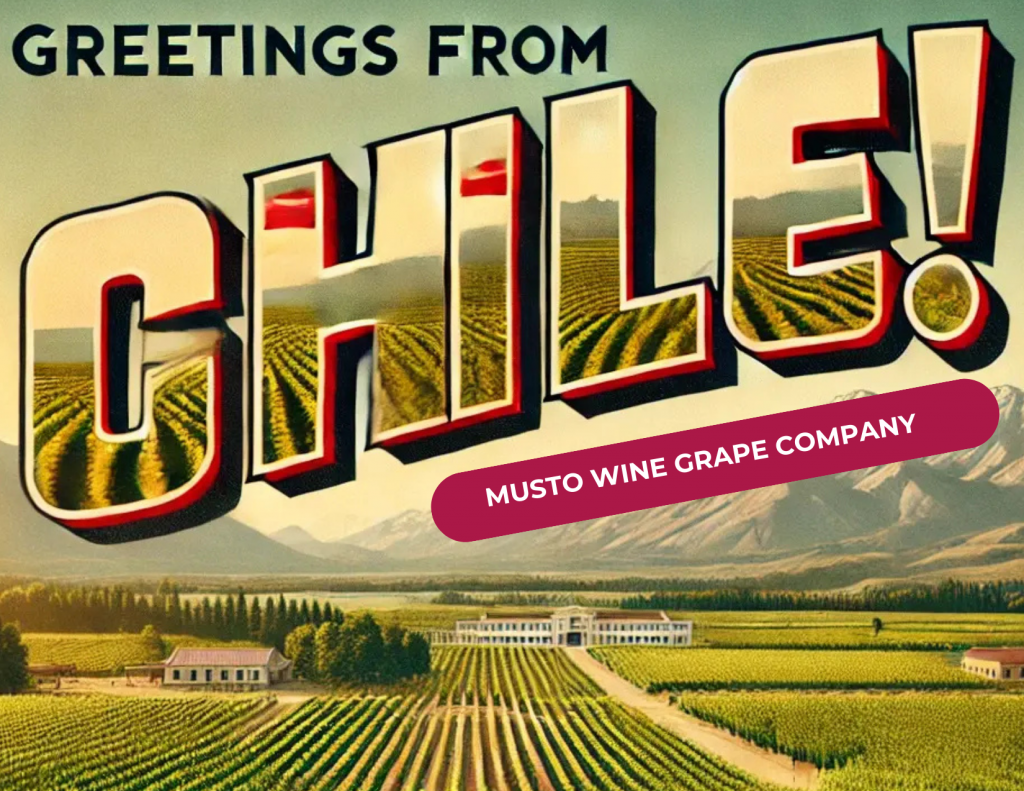
Spring Into Winemaking: Discover Musto Wine Grape Co.’s Spring Offerings
As the days grow warmer and the promise of spring approaches, it’s time for winemakers to prepare for an exciting new season of crafting exceptional wines. At Musto Wine Grape Co., we’re thrilled to bring you our spring lineup of premium grapes, juices, and winemaking resources to help you create your next masterpiece. Whether you’re a seasoned winemaker or just starting your journey, our spring offerings are here to inspire and support your passion.
Chilean Grapes and Juices: The Best of the Southern Hemisphere
Spring marks the arrival of our highly anticipated Chilean grapes and juices. Known for their exceptional quality and bold flavors, Chilean products offer winemakers a unique opportunity to craft wines with depth, character, and global appeal.
Why Choose Chilean Grapes and Juices?
- Premium Varieties: Chilean products deliver versatility and quality, from rich reds like Cabernet Sauvignon and Carménère to vibrant whites like Sauvignon Blanc and Chardonnay.
- Ideal Terroir: Grown in Chile’s renowned valleys, these grapes benefit from the country’s perfect climate and fertile soils, producing wines with unparalleled flavor.
- Freshness Guaranteed: Our Chilean grapes and juices are handled carefully to maintain their freshness and quality during transport.
- From Chile:
- Grapes Varieties: Carmenere, Cabernet Sauvignon, Cabernet Franc, Malbec, Merlot, Pinot Noir, Syrah, and Sauvignon Blanc
- Juice Varieties: Carmenere, Cabernet Sauvignon, Cabernet Franc, Cabernet/Merlot Blend, Malbec, Merlot, Petite Verdot, Pinot Noir, Syrah, Chardonnay, Pinot Grigio, Sauvignon Blanc, and Viognier.
- Fresco Juice Varieties: Cabernet Sauvignon, Carmenere, Malbec, Merlot, Chardonnay, Chardonnay-Semillon, Sauvignon Blanc, Viognier
South African Juices: A Taste of Innovation
We’re also excited to offer premium juices from South Africa, a wine region celebrated for its dynamic and distinctive wines. Spring winemaking with South African juices allows you to explore bold reds like Pinotage or crisp whites like Chenin Blanc.
Why South African Juices?
- Unique Varietals: South Africa’s diverse terroir and rich winemaking history bring a fresh perspective to your cellar.
- Sustainability Focus: Many South African vineyards prioritize eco-friendly practices, ensuring high-quality and ethically produced wines.
- From South Africa:
- Juice Varieties: Shiraz, Merlot, Pinotage, Cabernet Sauvignon, Semillon, Chardonnay, Pinot Grigio, Chenin Blanc, Sauvignon Blanc
- Fresco Juice Varieties: Cabernet Sauvignon, Pinotage, Shiraz, Sauvignon Blanc
Sterile Juices: Year-Round Convenience
Not quite ready for fresh grapes? Our sterile juices are the perfect option for winemakers looking for convenience without compromising quality. These juices are available year-round, allowing you to make wine on your schedule.
Top Benefits of Sterile Juices:
- Consistent Quality: Sterile juices provide reliable results, making them perfect for beginners and experienced winemakers.
- Wide Range of Varietals: Explore options like Zinfandel, Merlot, Riesling, and more.
- Easy to Use: No crushing or destemming required—just ferment and enjoy!
Winemaking Resources to Support Your Craft
At Musto Wine Grape Co., we know that great wine starts with the right tools and knowledge. That’s why we offer everything you need to make the most of your spring winemaking season:
- Educational Videos: Learn step-by-step techniques with our in-depth winemaking courses at WinemakingInstructions.com.
- Equipment and Supplies: From fermenters to presses, we have everything you need to get started or upgrade your setup.
- Consulting Services: Our experienced winemakers are available year-round to answer questions and guide you through the process.
Get Ready for Spring Winemaking
Spring is a time for new beginnings, and there’s no better way to celebrate the season than by crafting your wine. Musto Wine Grape Co. has you covered if you’re looking to try a new varietal, experiment with blending, or restock your cellar.
Don’t wait—our Chilean grapes, South African juices, and sterile juice options are in high demand and won’t last long. Reserve your order today and get ready to create wines as vibrant and memorable as the season itself.
Contact Us to Get Started
📞 Phone: 860-278-7703
📧 Email: sales@juicegrape.com
🌐 Website: www.juicegrape.com
Cheers to a successful spring winemaking season! 🍇🍷
Wine Spotlight: Zesty Elegance – South African Sauvignon Blanc Brilliance
Interested in making South African Sauvignon Blanc? Give us a call at 877-812-1137 to speak to a winemaking representative about your order. Cheers!
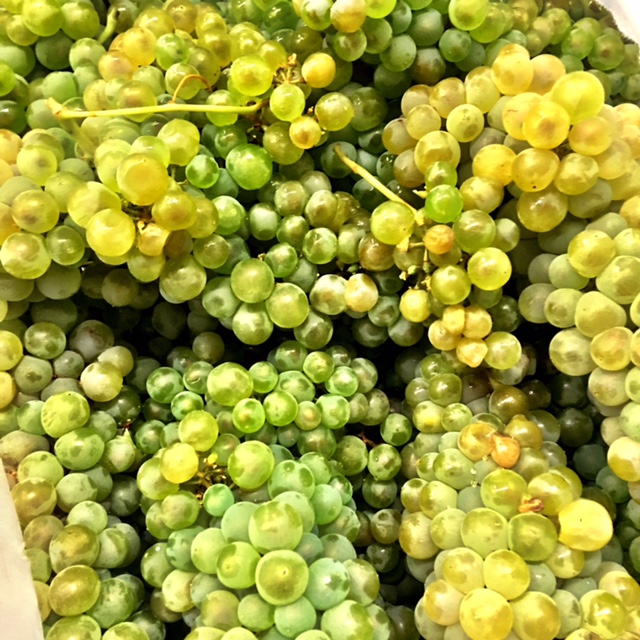
Appearance:
In the glass, South African Sauvignon Blanc presents a pale straw color with a hint of green, reflecting its youthful and vibrant nature. Its clarity and brilliance invite anticipation for the refreshing experience that lies ahead.
Aroma:
A symphony of citrus and tropical fruit aromas greets the nose, revealing the varietal’s signature characteristics. Notes of zesty lime, ripe grapefruit, and a touch of passion fruit dance harmoniously, creating an enticing bouquet. The aroma is clean, bright, and promises a burst of freshness with each sip. (yeast suggestion: R2, 71B, QA23, VIN13)
Palate:
As the wine touches the palate, it delivers a burst of invigorating flavors. Crisp green apple and lively pineapple take center stage, accompanied by hints of freshly cut grass and a subtle herbal undertone. The wine’s vibrant acidity adds a refreshing zing, creating a palate-cleansing sensation that lingers into a clean, lingering finish.
Flavor Profile:
This Sauvignon Blanc is a true expression of South Africa’s wine region terroir. The fruit-forward profile is complemented by a minerality that adds depth and complexity. The judicious use of stainless steel and glass in winemaking allows the purity of the fruit to shine, resulting in a wine that is both lively and elegant.
Pairing Suggestions:
The bright acidity and crispness of this Sauvignon Blanc make it an ideal companion for a variety of dishes. Pair it with fresh seafood, goat cheese salads, or herb-infused chicken for a delightful culinary experience. Alternatively, enjoy it on its own as a refreshing aperitif on a warm day.
Overall Impression:
South African Sauvignon Blanc is a testament to the region’s ability to craft wines that balance freshness and flavor. It captures the essence of the grape with precision, offering a sensory journey that captures the spirit of South Africa.
Interested in making South African Sauvignon Blanc? Give us a call at 877-812-1137 to speak to a winemaking representative about your order. Cheers!
Unveiling the Artistry Behind Chilean Wine: A Toast to Excellence
In the world of winemaking, few regions can boast the combination of unique terroir, skilled artisans, and a rich cultural history quite like Chile. Nestled between the Andes Mountains and the Pacific Ocean, this South American gem has been quietly gaining recognition as a powerhouse in the global wine industry. Let’s embark on a journey to discover why making Chilean wine is nothing short of an art form.
The Terroir Advantage:
Chile’s diverse geography, ranging from the arid Atacama Desert to the cool, maritime-influenced climate of the coastal areas, provides winemakers with a canvas of terroirs. The result is a wide spectrum of flavors and aromas that make Chilean wines unique. From the robust reds of Curico Valle, each sip reflects the character of its terroir.
Sustainable Practices:
Chilean winemakers have embraced sustainable and organic practices, aligning their craft with environmental consciousness. Many vineyards prioritize biodiversity, water conservation, and minimal chemical intervention. This commitment not only preserves the pristine landscapes but also enhances the purity and authenticity of the wines produced.
Iconic Grape Varieties:
Chilean winemaking is defined by its dedication to traditional grape varieties, with a particular focus on Carmenere, often referred to as Chile’s signature grape. This once-forgotten Bordeaux varietal found its new home in Chile, producing wines with luscious dark fruit flavors and a distinct spiciness. Cabernet Sauvignon, Merlot, and Sauvignon Blanc also thrive in the fertile soils, contributing to the country’s diverse wine portfolio.
Innovation and Modern Techniques:
While honoring tradition, Chilean winemakers are not afraid to embrace innovation. State-of-the-art winemaking facilities equipped with modern technology allow for precise control over the winemaking process. This fusion of tradition and innovation ensures the consistency and quality of Chilean wines, earning them accolades on the international stage.
In the world of winemaking, Chile stands as a testament to the perfect marriage of nature’s gifts and human craftsmanship. The artistry behind making Chilean wine is a celebration of terroir, sustainability, iconic grape varieties, and a commitment to excellence. So, the next time you uncork a bottle of Chilean wine, savor not just the liquid in the glass but the story of a nation passionate about producing wines that captivate the senses.
Interested in making South African or Chilean Wine? Give us a call at 877-812-1137 to speak to a winemaking representative about your order. Cheers!
Chilean Wine Notes
Why make wine from Chile? Because it’s like bottling up sunshine and smiles!
Picture this: rolling vineyards nestled between the Andes Mountains and the Pacific Ocean, where grapes bask in the perfect blend of cool coastal breezes and warm, sunny days. Chile’s diverse terroir makes it a winemaker’s paradise, offering a kaleidoscope of flavors just waiting to be uncorked.
CHILEAN WINE NOTES
Cabernet Sauvignon:
A flagship for Chile, their Cabernet Sauvignon impresses with its deep ruby color and complex aromas of blackcurrant, cherry, cedar, and tobacco. On the palate, it’s rich and full-bodied, with well-integrated tannins and a long, lingering finish.
Cabernet Franc:
Cabernet Franc from Chile offers an elegant expression of the varietal. With aromas of red berries, violet, and herbs, it’s vibrant and aromatic. On the palate, it’s medium-bodied with silky tannins and a fresh, persistent finish.
Carmenere:
Chilean Carmenere showcases the best of Chile’s signature grape. With deep purple color and aromas of blackberry, plum, and spices, it’s captivating. Lush and velvety on the palate, with flavors of ripe fruit, chocolate, and a touch of smokiness.
Malbec:
A standout example of great winemaking grapes, the Chilean Malbec boasts intense aromas of blackberry, plum, and violet, with hints of vanilla and spice. On the palate, it’s full-bodied and expressive, with ripe tannins and a long, smooth finish.
Merlot:
Chilean Merlot offers aromas of ripe plum, cherry, and spices, with subtle hints of chocolate and vanilla. Medium-bodied and smooth on the palate, with soft tannins and a lingering finish.
Pinot Noir:
The Chilean Coastal Pinot Noir exhibits delicate aromas of red fruits, flowers, and earthy notes. Light-bodied and elegant, with vibrant acidity and silky tannins, it’s a perfect expression of Chilean terroir.
Syrah:
Syrah from Chile showcases the richness and depth. With aromas of blackberry, blueberry, and pepper, it’s intense and alluring. Full-bodied and velvety on the palate, with layers of dark fruit, spice, and a long, lingering finish.
Chardonnay:
From the cool-climate region of Chile, Chardonnay offers aromas of tropical fruits, citrus, and vanilla. Medium to full-bodied, with a creamy texture and balanced acidity, it’s a delightful expression of Chilean Chardonnay.
Pinot Grigio:
Pinot Gris from Chile showcases fresh aromas of green apple, pear, and citrus, with floral undertones. Crisp and refreshing on the palate, with lively acidity and a clean, mineral-driven finish.
Sauvignon Blanc:
Chilean Sauvignon Blanc has aromas of grapefruit, lime, and herbs. Crisp and vibrant on the palate, with zesty acidity and a refreshing finish.
Viognier:
Viognier from Chile displays enticing aromas of apricot, peach, and orange blossom, with hints of honey and spice. Medium-bodied and luscious on the palate, with a smooth, lingering finish.
Interested in making Chilean Wines? We have the grapes and juices! Give us a call at 877-812-1137 to speak to a winemaking representative about your order. Cheers!
Cheers to Spring Winemaking Adventures!
Hey there, fellow vintners and grape aficionados,
As the frost thaws and the vines awaken from their winter slumber, can you feel that excitement bubbling up like a well-aged Cab Sauv? That’s right, it’s time to dust off those barrels, polish those glasses, and get ready to dive headfirst into the spring winemaking season!
Whether you’re dreaming of crisp Chardonnays, robust Merlots, or something in between, now’s the time to get those orders in. From grapes, juices, fermenting tanks, corks, and everything in between, we’ve got you covered. So, why wait? Let’s uncork the magic of spring together!
2024 Spring Grape Offerings:
Chile: Cabernet Sauvignon, Cabernet Franc, Carmenere, Malbec, Merlot, Petite Verdot, Pinot Noir, Syrah, Chardonnay, Pinot Grigio, Sauvignon Blanc, and Viognier
2024 Spring Juice Offerings:
South Africa: Shiraz, Merlot, Pinotage, Cabernet Sauvignon, Semillon, Chardonnay, Pinot Grigio, Chenin Blanc, and Sauvignon Blanc.
Chile: Cabernet Sauvignon, Cabernet Franc, Carmenere, Malbec, Merlot, Petite Verdot, Pinot Noir, Syrah, Chardonnay, Pinot Grigio, Sauvignon Blanc, Viognier, and Muscat.
Crush/Destemm will be back!
We will be crushing and destemming again this year! However, there is a minimum order of 24 cases of Spring grapes. This will give you 6 pails of must, and about 20+ gallons of juice to work with.
Winemaking Classes:
Check out Musto Wine Grape & Frank Renaldi’s online classes via our sister site WinemakingInstructions.com.
Winemaker Hours:
Winemaker Sam Lee will be in the store and available for questions on Tuesdays and Fridays from 8:00AM-4:00PM. If you want to speak to a winemaker in person, make sure to stop by and see Sam! You can also email him at slee@juicegrape.com.
March Store Hours:
Mon-Fri: 8:00AM-4:00PM
Sat-Sun: Closed
Ready to take your winemaking to new heights? Simply shoot us an email or give us a call, and we’ll make sure you’re all set to rock this winemaking season.
Here’s to the grape adventures ahead!
Pinotage Perfection: Crafting Excellence in South African Vineyards
Nestled in the breathtaking landscapes of South Africa, a grape varietal has captured the hearts of winemakers and connoisseurs alike – Pinotage. Born and bred in the Cape Winelands, Pinotage is a testament to the fusion of tradition, innovation, and the terroir that makes South African winemaking truly exceptional. Join us as we explore why making Pinotage wine in South Africa is a journey into vinous greatness.
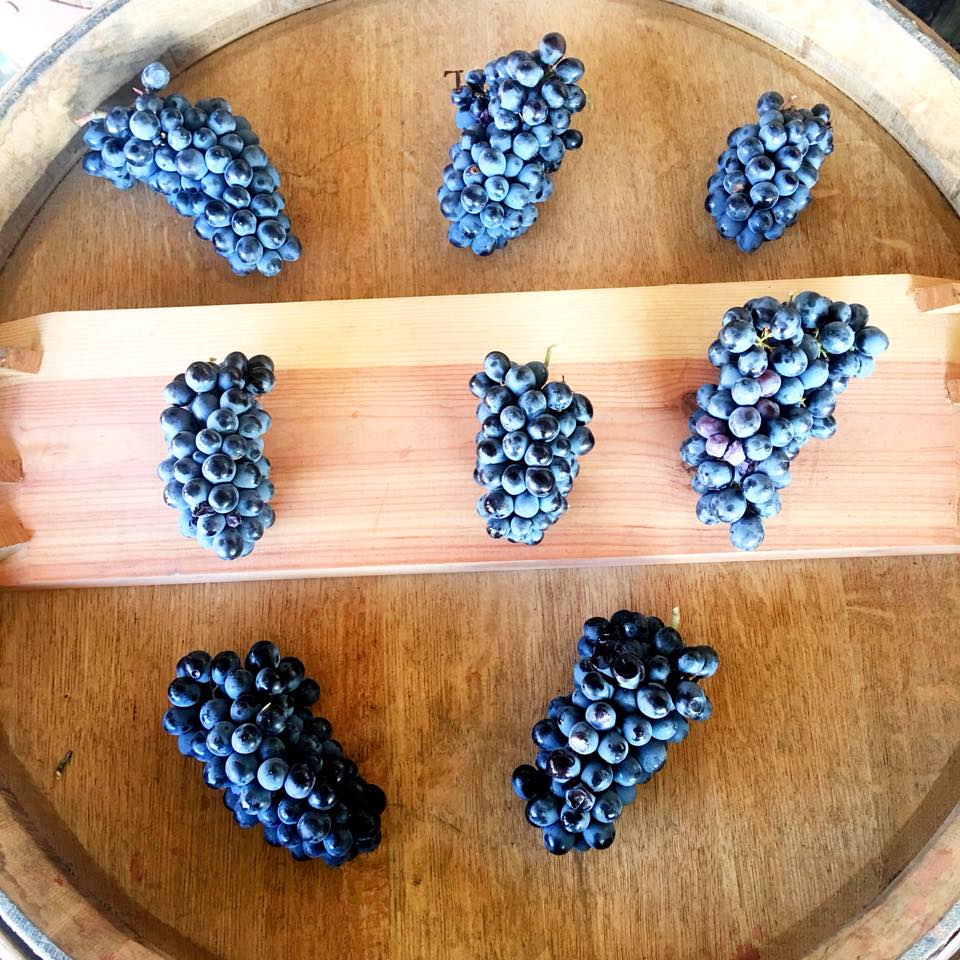
A Unique Grape with a Distinct Identity:
Pinotage, a cross between Pinot Noir and Cinsaut, was created in South Africa in the early 20th century. This grape has since evolved into a distinctive varietal, embodying the spirit of the region. Known for its bold, robust character and complex flavors, Pinotage stands as a symbol of South African winemaking innovation and determination.
Embracing the Terroir:
South Africa’s diverse terroir plays a pivotal role in shaping the character of Pinotage wines. From the warm valleys of Stellenbosch to the cool slopes of Walker Bay, each region imparts its unique signature on the grapes. The result is a spectrum of Pinotage wines, from fruit-forward expressions with hints of cherry and raspberry to more complex profiles featuring smoky, earthy undertones.
Winemaking Mastery:
Crafting Pinotage requires a delicate balance between tradition and modern winemaking techniques. South African winemakers have honed their skills to showcase the best qualities of the grape. Oak aging (French Oak, Medium Toast), fermentation methods (Yeast Suggestions: RC-212, D254, D80, and BM4X4), and blending strategies are meticulously chosen to enhance the inherent characteristics of Pinotage, creating wines that are both bold and elegant.
Versatility in Styles:
One of the beauties of Pinotage is its versatility. Winemakers in South Africa produce a range of styles, from youthful and vibrant wines suitable for early consumption to more complex, age-worthy expressions that evolve beautifully over time. This diversity caters to a wide audience, making Pinotage a wine for every palate and occasion.
Conclusion:
In the heart of South Africa’s vineyards, Pinotage reigns supreme as a symbol of the nation’s winemaking prowess. The unique identity of this grape, shaped by the diverse terroir and the expertise of passionate winemakers, makes crafting Pinotage wines an art form. So, the next time you raise a glass of South African Pinotage, you’re not just sipping a wine – you’re experiencing the soul of a nation in every nuanced sip.
Interested in making South African Pinotage? Give us a call at 877-812-1137 to speak to a winemaking representative about your order. Cheers!
Wine Spotlight: South African Pinotage
Pinotage wines are on the rise throughout the world.
Wine drinkers enjoy it because Pinotage is complex, yet light in body. Winemakers love working with the grapes because fermentations are for the most part simple and smell amazing. “Strawberry cotton candy” are descriptors we’ve heard in the past. Yet, despite it’s wonderful characteristics, it is still a wine that is relatively unknown and under rated.
The Pinotage Grape was created in 1925 and is a cross between two vinifera grapes, Pinot Noir and Cinsault. Abaraham Izak Perold created the grape to bring out the brilliant robust flavors that both Pinot Noir and Cinsault possessed, while making the grape easy to grow.
Pinotage is known to produce smoky, earthy flavors with hints of tropical fruits. We (MWG) source our Pinotage from the Breede River Valley. This is because the Breede River Valley produces wines that express notes of cedar, plums, and dark berry notes. The wine then rounds out with a smooth, tannic structure. Lots of complex and flavorful wines come out of this valley and now you can make your very own at home!
Quick Winemaking Tips:
- Please note that if you punch through too vigorously during fermentation you can get an almost burned plastic characteristic. It is better to ferment Pinotage at lower temperatures.
- The yeasts we recommend utilizing are D254, D80, and BDX
- Our Winemaker Bootcampers have made this serval times. If you ever have any fermentation questions please do not hesitate to reach out.
- Check out our blog post about making Syrah from South Africa too!
- Click here for information about our Grower from South Africa.
- Food Pairing: Enjoy these wines with a hearty stew or red meat.
Interested in making your own wine? Give us a call at 877-812-1137 to get started!







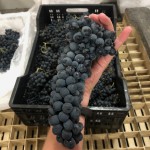
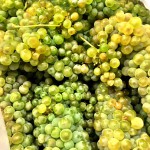
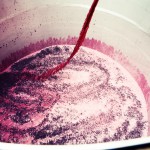
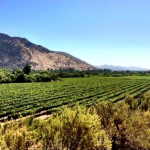
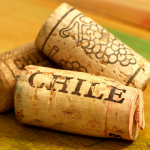
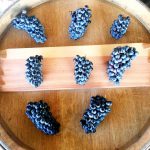

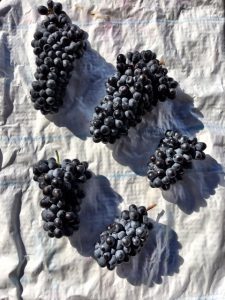
Recent Comments